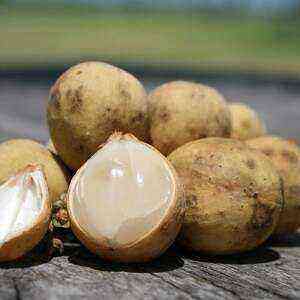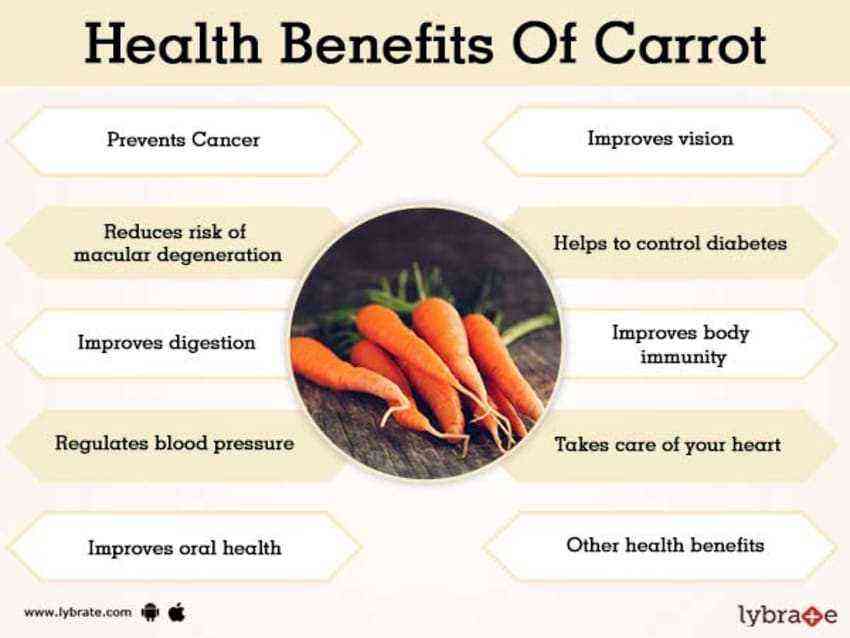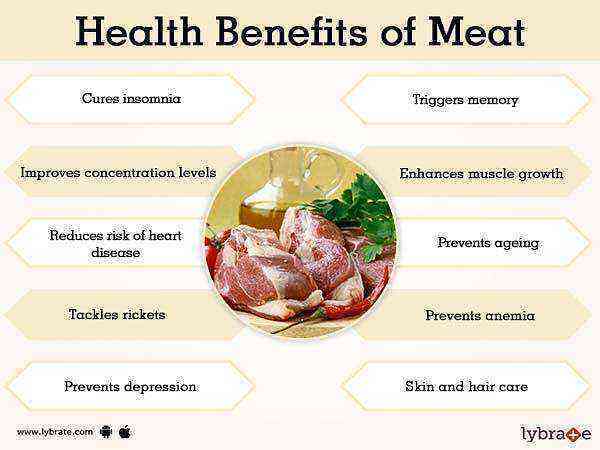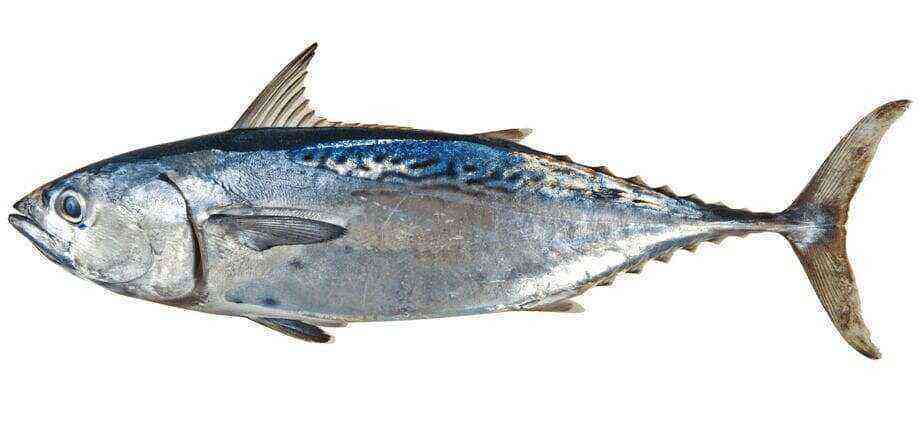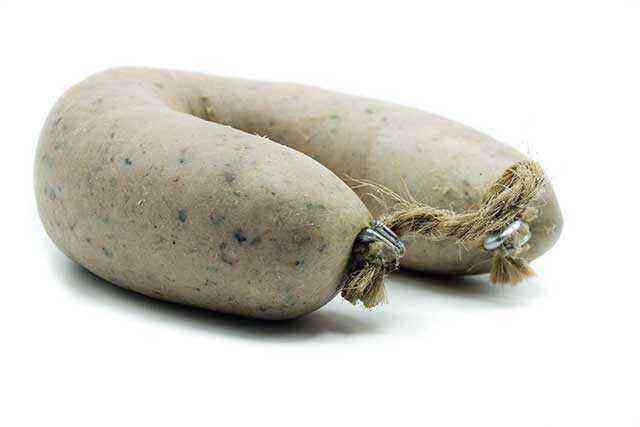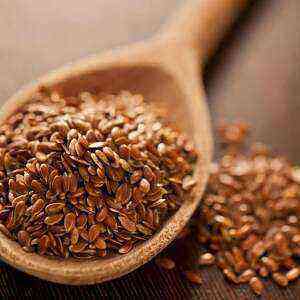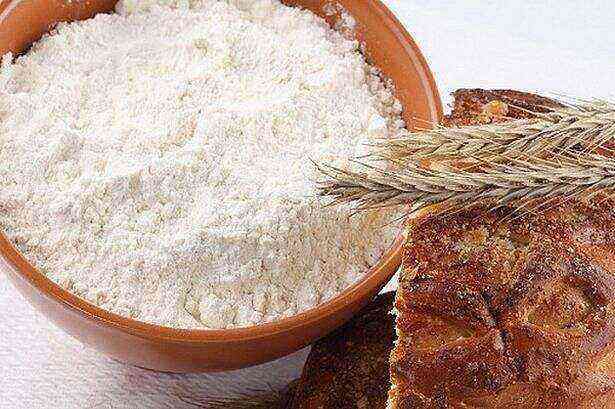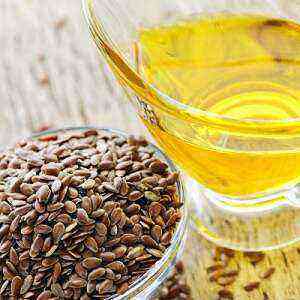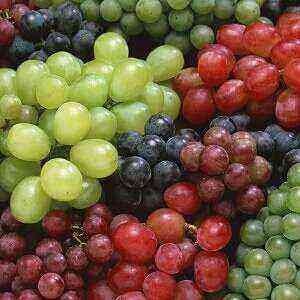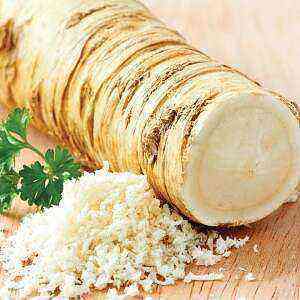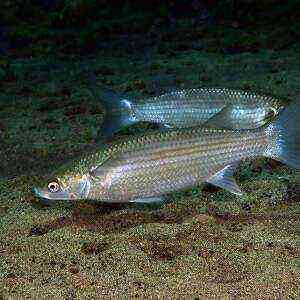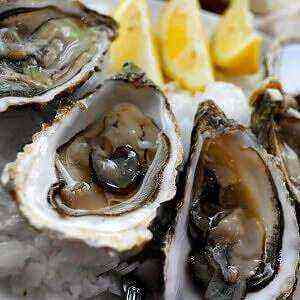
Most mollusks live in tropical and subtropical climates. Their favorite place is the tidal zone in the shallow and coastal zones. But some species occur in depth 60 meters and prefer an isolated lifestyle.
Are oysters so good and what is actually hidden behind massive gray doors?
Useful properties of seafood
Oysters are a real storehouse of cobalamin (vitamin B12). The human body is not able to independently generate B12, so you have to look for alternative sources of vitamin. What is fraught with deficiency of B12? The body dramatically loses its tone, becomes lethargic and inoperative. A person becomes distracted, irritable, and a great desire to lie down and get a good night’s sleep does not let go for a whole day. So that the need to “lay low” does not spoil your productive week, replenish the balance of cobalamin.
In Jack Challem’s book, The Food-Mood Solution, oysters are called “anti-stress vitamin.” And indeed it is! Seafood provides our body with easily digestible protein, vitamins and essential amino acids. Each system receives a strong charge, improves functionality and is cleansed. Oysters slow down the deterioration of cognitive functions, prevent the development of Alzheimer’s disease and help the immune system fight inflammation, parasites, and bacteria.
Seafood instead of visiting an optometrist
Diet affects the organs of vision much more than glasses for a computer or the constant implementation of relaxing exercises. The substances that make up healthy foods nourish different areas of the eye and prevent cataracts, night blindness, and macular degeneration.
Oysters, due to the high content of zinc (Zn), not only provide the functionality of the thyroid gland / immune system, but also make the eyes healthier. Zinc is a key element that is responsible for the degree of moisture in the retina. Seafood protects the body from infections, parasites, supports its functionality and prevents macular degeneration.
Oysters as an addition to routine skin care
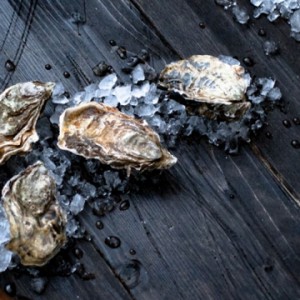
Oysters are a tasty source of ascorbic acid (vitamin C) and tocopherol (vitamin E). They protect the dermis from ultraviolet radiation and minimize the effect of free radicals. Oysters prolong youthful skin, relieve inflammation and treat existing imperfections.
Vitamins of group B, which also abounds in seafood, are responsible for the formation of the skin, hair follicles and nail plate. Retinol (Vitamin A) controls the repair of damaged cells. But vitamins are not the only thing that oysters can please our skin. Omega-3-6 fatty acids nourish the skin several times better than any expensive mask. Omega are responsible for the even tone, velvety structure and absolute purity of the dermis.
Another important element, the use of which may well replace a visit to a beautician – zinc (Zn). It moisturizes not only the retina, but the entire skin.
The chemical composition of the ingredient
Nutritional value (based on 100 grams of product)
Caloric content 72 kCal Proteins 9 g Fats 2 g Carbohydrates 4,5 g Dietary fiber 0 g Water 82,7 g
Vitamin content (in milligrams based on 100 grams of product)
Retinol (A) 0,085 Thiamine (B1) 0,15 Riboflavin (B2) 0,19 Niacin (B3) 1,6 Cobalamin (B12) 0,2184 Ascorbic acid (C) 3 Tocopherol (E) 0,9 Nicotinic acid (PP ) 3,5
Nutrient balance (in milligrams based on 100 grams of product)
Micro- and macro elements
Potassium (K) 220 Calcium (Ca) 60 Magnesium (Mg) 40 Sodium (Na) 90 Sulfur (S) 90 Phosphorus (P) 140 Iron (Fe) 6,2 Zinc (Zn) 60 Selenium (Se) 7
What dangers do oysters conceal?
The apparent danger lies not only in oysters, but also in all seafood that lives in modern waterways. Under the dense doors can hide not a friendly mollusk, but dangerous mercury compounds. Recently, environmentalists have beaten the bell and are trying to draw public attention to what is happening. The level of harmful mercury compounds is increasing every day. This contributes to every working mine, every gram of gold and every volcanic eruption.

The use of seafood with methylmercury is fraught with:
- neuralgic pathologies;
- Alzheimer’s disease;
- Parkinson’s disease;
- autism sector disorders;
- depressive conditions;
- increased cholesterol;
- hypertension;
- increased risk of heart attacks and pathologies of the cardiovascular system.
The list of possible side effects is frightening and may prompt the idea to completely get rid of fish / seafood in the diet. But there is simply no substitute for a digestible protein, beneficial amino acids and vitamins. In addition, scientists have proven that oysters are the least exposed to hazardous mercury compounds.
To protect yourself from methylmercury as much as possible:
- carefully choose a seafood supplier;
- visit only those institutions that are closely monitored for product quality;
- eat fish and seafood no more than 3-x once a week.
Particular caution will have to show pregnant and lactating women. It is their body that is most susceptible to pathogenic changes and can literally take a double blow.
Use in cooking
The mollusk ceased to be the embodiment of the royal aristocracy, as soon as it moved to the menu of every second provincial restaurant. Consumers, realizing that there is nothing difficult in the preparation of oysters, decided to hold delicious meals right at home: in comfort and without any extra expenses.

The first use of oysters is always associated with stress. Taste receptors do not understand what to expect, but inside everything shrinks from the understanding that in a second you will have to swallow a living creature. But the desire to participate in gourmet conversations takes over. Delicate salty-sweet taste literally spreads over the receptors and stimulates one of the 2 possible reactions: disgust or love.
In the classic version (especially in cozy French courtyards) homemade rye croutons and butter are served to oysters. A “clean” oyster (without sauce, let alone lemon juice) whipped with cream croutons is one of the best combinations in the world.
Depending on the variety of oysters, there are 3 basic flavors:
The first two types are best eaten in their pure form, adding a slice of lemon. Neutral oysters – white canvas for culinary experiments. They are served with various sauces, spices, fruits and vegetables. Usually, the client is presented with a whole set of tastes and aromas, and he is free to choose his own favorite or extraordinary new combination.
Usually fresh oysters are served alive. The degree of vitality of the oyster is very easy to check. Slightly push back the edge of the clam with a knife. The oyster will respond by reducing its entire calf and return the retracted edge to its place.
But oysters are served not only fresh. They are baked in a tender dough, breaded until golden brown, grilled, seasoning with chopped spices.
How to eat clams
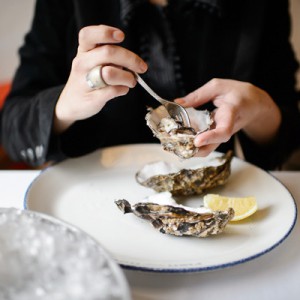
Where there is
You can eat everywhere: in the expensive restaurant, and in the kitchen of Khrushchev. The main thing is to choose a quality product. Order delivery from a trusted restaurant or from a responsible supplier who is willing to provide the extra 100 once again. If you are going to the evening rout, then carefully choose the institution. The consequences of stale oyster poisoning are truly nightmarish. A person is sick for several days, his performance is reduced, and the desire to just get out of bed will not appear on his own.
Stale mollusks open even in water. If you have already brought open the sink – ask for a replacement, or just proudly walk away from such an institution.
How much
Eat as much as you like. Consider that the oysters are very well saturated, so you are unlikely to want to try a few more items from the menu. For pure protein it is best to order something light and stimulating digestion. Choose a vegetable salad without sauce and a large amount of spices, steamed cereals or a small amount of seafood that will complement the maritime theme of the evening.
Fatty carbohydrate foods in combination with shellfish will arrange a real explosion inside the body. It is better to abandon such experiments. It is much more pleasant to feel the effects of an aphrodisiac from oysters, rather than intestinal upset.
How to serve
Served on a crushed ice cushion to let the clam live for 15-20 minutes without water. During these 15 minutes you need to have time to eat oysters while they are fresh and as healthy as possible. Difficulties with the speed of absorption should not arise, the main thing is to adjust and feel the taste. Together with the ice cushion they serve a set of spices, sauces and traditional rye toast with butter.
How to open
Oysters are pulled out of a large aquarium with special tongs and are served directly on the table. Folds must be opened with a thin knife or a short blade (orient yourself on the set of devices that the institution has at its disposal). For the first time, to be honest, you can simply open the doors with your hands. No one will cast a reproachful glance at you, since everyone is busy with their own meal (and they themselves open the oysters with their hands). But be careful not to hurt yourself and tear the clam inside.
As it is
Look for a special fork on the table. Gently lead it into an open oyster (it is important not to splash the internal fluid) to separate the clam from the shell. In some restaurants, the clam is pre-pruned, which makes the consumption process much easier. Once the clam is separated, enter the sauce you like or a slice of lemon.
If the oyster is small, then flip the shell over and pour the clam along with the liquid. If the sink is too big and you are afraid to choke, then eat gradually. First, remove the clam with a fork, eat it, and then drink the liquid from the sink.
After entering the mollusk and the liquid, eat another hot creamy crouton, drink wine and feel like the richest aristocrat of our time.
Some more rules
Do not salt the oyster. It contains plenty of natural salt, so there is no need for additional recharge. If you are afraid of injuring your hands or getting your suit dirty, ask the waiter for special rubber gloves for cutting. Prepare for the fact that cutting oysters will require serious physical effort. Tune in, concentrate on the process and everything will go smoothly.
